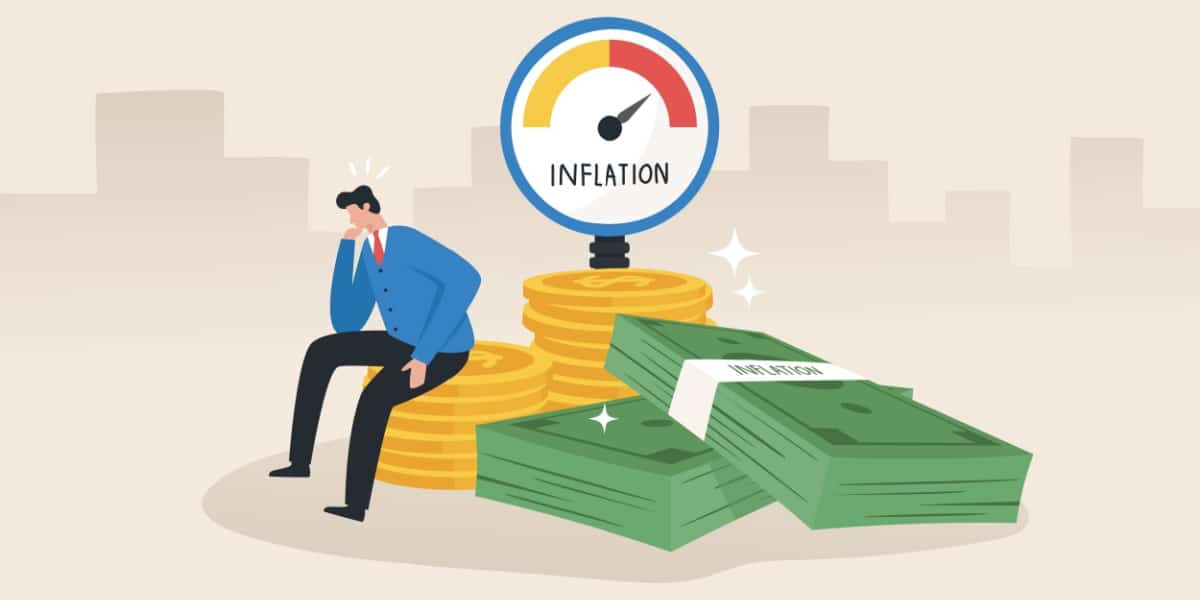
Manage Your Energy for an Anti-Burnout Schedule
Written By: Jeff Kahn
Manage Your Energy, Not Your Time
Sales productivity rises and falls in conjunction with your energy peaks and dips, rather than with the timing of your work day schdeule.
Forget the Clock
To boost sales productivity, approach your day not a schedule based on time, but as fluctuations of energy. This can be liberating exercise, as we’re so accustomed to feeling the pressure of passing time.
What if the numbers on the clock weren’t breathing down your neck? What if instead, you tuned into your natural inclinations toward productivity and rest?
Reimagining your day as a flow of energy:
It aligns you with your circadian rhythm, which in turn leads to better sleep.
Better sleep means no burnout!
It optimizes your performance and productivity during the day.
Better productivity lessens the risk of direct burnout from work, because you feel accomplished and caught-up.
Plus, a productive work day makes room for a stress-free evening wind-down, which means … better sleep, and no burnout!
Circadian Rhythms Correspond to Productivity
You may feel that you should be steadily productive from the moment you arrive at work to the moment you end your day. But in actuality, your productivity rises and falls in conjunction with energy peaks and dips, rather than with the timing of your work day schedule.
Energy Peaks
Each of us has two energy peaks during our daily circadian rhythm—a morning peak and an evening peak. These peaks denote the best times to take on demanding, complex tasks, such as delivering a presentation, delving into a big project, or negotiating with troublesome clients. One person’s peak won’t occur at the same time as another’s, as circadian rhythms are unique to the individual.
Energy Valleys
Likewise, we each have a noon or early-afternoon dip. This time is suited to passive tasks, like low-stakes email correspondences and routine admin work. It’s also when our emotional strength recharges. Without these dips, we’d run out of the energy to maintain the kind of positive, can-do attitude that’s so advantageous during the peaks.
Looking at the reliable rise and fall of circadian rhythms, it’s obvious that no salesperson can be an all-star for 100% of the work day. You will perform differently according to where you are in your energy cycle—and that the dips represent essential recovery periods, not preventable slumps.
Ultradian Rhythms: Circadian Rhythm’s Smaller Sibling
In addition to your circadian rhythm, you also experience energy fluctuations as part of your body’s ultradian rhythms. These rhythms cover a smaller window of time. Whereas your circadian rhythm maps onto your entire day, ultradian rhythms take place over approximately 90 to 120 minutes.
During an ultradian rhythm, you progress from a high-energy productive state into a low-energy recovery state. Researcher Ernest Rossi has therefore divided ultradian rhythms into a format that’s eminently digestible to knowledge workers: he splits them into 90 minutes of activity, followed by 20 minutes of rest (hence his book’s title, The 20-Minute Break).
Those familiar with the Pomodoro technique—a strategy based around discrete chunks of disciplined work followed by shorter breaks—might recognize this presentation. However, Rossi and others argue that this isn’t just a technique that some people can adopt to help them stay on task. Rather, it’s a way of working that corresponds to your cognitive needs.
Those 20-minute breaks to manage your energy are key for maximizing your performance. Without them, you’ll grow mentally and emotionally fatigued, and lack the stamina to do your best work. Rossi suggests experimenting with the length of your activity and rest periods, as they don’t have to be exactly 90 and 20 minutes.
Additional Tips for an Anti-Burnout Schedule
When you manage your energy rather than time, you will easily fall into routines of productivity that feel organic and sustainable. Therefore you should plan your work around the peaks and dips of your circadian rhythm, as well as the more frequent cycling of your ultradian rhythm.
Rise has compiled guides on how to work in accordance with your circadian rhythm, and you can find them here and here. To guard against burnout specifically, we also recommend that you:
- Stop multitasking. All of the science points to multitasking abilities being more myth than reality—our brains are simply not able to focus on more than one thing at once. In fact, studies show that those who consider themselves multitaskers perform worse at cognitive tasks than those who don’t. When you multitask, you’re actually just transferring your focus to something new, an act that can prolong your completion of the original task by up to 25%.
- Take many breaks throughout the day. Keep in mind that the intentionality and quality of these breaks are more important than their length. Time them to occur within your natural energy dips, and save especially long breaks, such as naps, for your circadian afternoon dip. Your evening wind-down, of course, is your ultimate break—a period of mental recovery that segues into sleep.
- Prioritize consistency. By engaging with your various rhythms in ways that become routine, your work and sleeping habits will become increasingly stable and simple to maintain. Again, treat your recovery periods like other important items on your sales to-do list. Schedule them and stick to them.
Another good tip for avoiding burnout and managing your energy is always being prepared. Our FREE Virtual Sales Call Checklist will help you master virtual selling techniques that separate you from your competitors!
About the author
Jeff Kahn
Jeff Kahn is Co-Founder and CEO at Rise Science. Rise works with sales organizations to…
Get FREE Sales Training Delivered to Your Inbox
Join more than 360,000 professionals who get our weekly newsletter.
Related Articles

Learn Online
Self-paced courses from the
world's top sales experts

Virtual Training
Live, interactive instruction in small
groups with master trainers

Coaching
One-to-one personalized coaching
focused on your unique situation






